Mining Rig
Mining Rig
What is a Mining Rig?
A Mining Rig is a term popularly given to a computer set up specifically for the purpose of mining cryptocurrencies, particularly Bitcoin. Unlike standard computers, these machines are filled to capacity with high-performing video cards, which are meant to solve complex mathematical problems to validate transactions on the Bitcoin blockchain, and thus, earn Bitcoins as rewards. The more powerful the Mining Rig, the quicker it can solve these problems and potentially earn more rewards.
Anatomy of a Mining Rig
A Mining Rig is essentially made up of several key components. Multiple high-performance Graphics Processing Units (GPUs) form the heart of the rig as they carry out the calculations required for mining. Next is the motherboard that hosts these GPUs and connects them with other parts like the CPU, RAM, and storage. Power is supplied to the system via a power supply unit, while cooling fans are critical in regulating the temperature of the rig, ensuring it doesn't overheat during operation. And lastly, the rig's frame houses and protects all the components.
The Importance of a Mining Rig
The crypto universe depends greatly on Mining Rigs. They do the essential work of processing transactions to maintain the integrity of the Bitcoin blockchain. By doing so, miners help prevent fraudulent activities and attacks on the system, making the blockchain a secure mechanism for peer-to-peer transactions. Employing powerful Mining Rigs also means a greater chance at earning Bitcoins, thereby stimulating participation in the mining process and further strengthening the network.
Choosing the Right Mining Rig
With the crucial role that a Mining Rig plays in Bitcoin mining, careful consideration must be given when choosing one. It's important to factor in the cost of the rig, energy efficiency, and hash rate, which is a measure of the power the rig can use to solve calculations. Higher hash rates mean quicker calculations and hence, more Bitcoin rewards. However, these come with higher energy consumption and costs. Therefore, striking a balance between upfront costs, operating costs, and expected returns is imperative in choosing the right Mining Rig.
Blog Posts with the term: Mining Rig
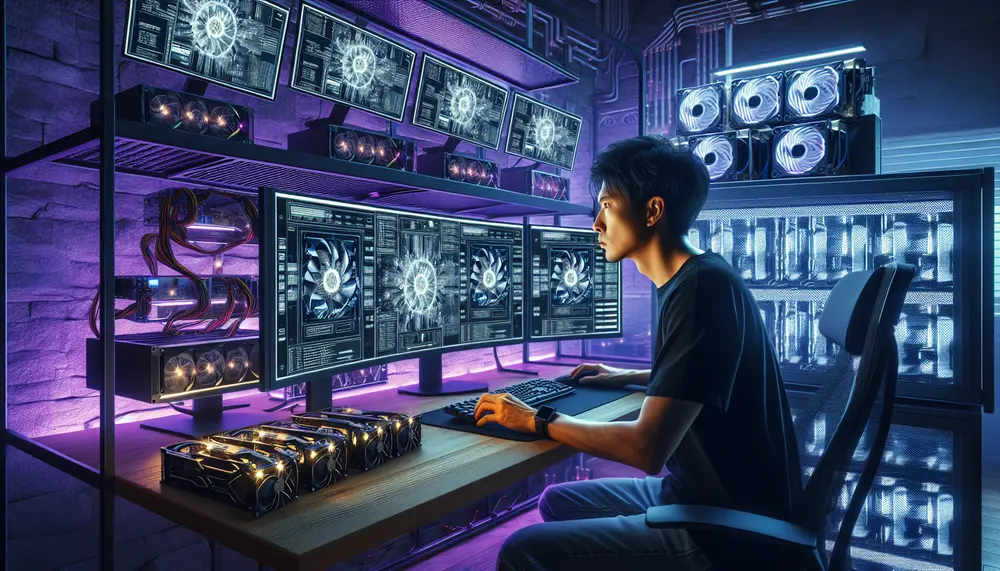
This guide simplifies Monero solo mining with XMRig, covering setup and optimization to mine efficiently. It explains the benefits of using XMRig, necessary hardware requirements, and how to set up a Monero wallet for secure fund management....
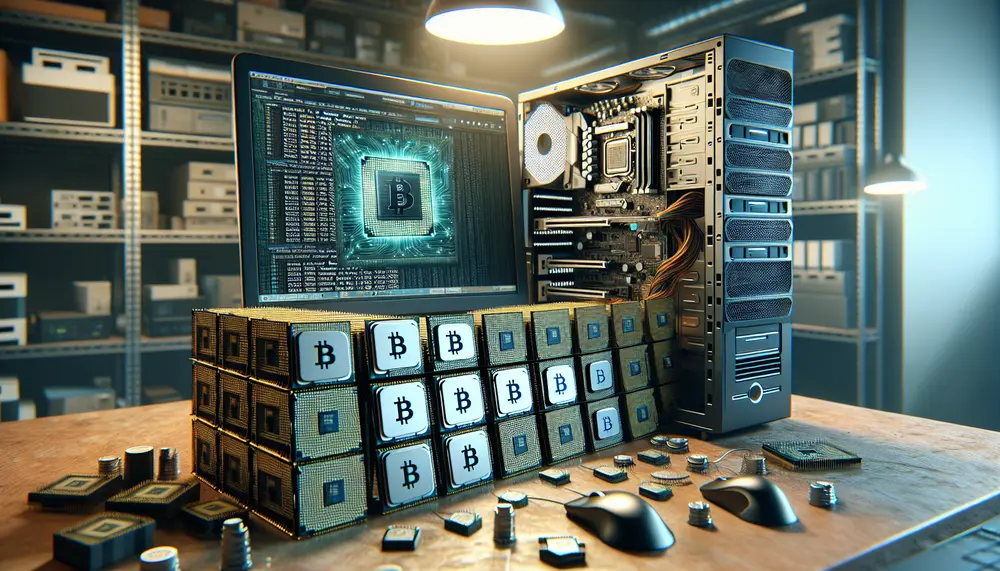
Monero mining with CPUs is accessible and cost-effective due to the RandomX algorithm, which optimizes CPU performance over GPUs; top processors include AMD Ryzen 9 3950X and Intel Core i9-10900K. Benchmarking involves measuring hash rates and power consumption using software...
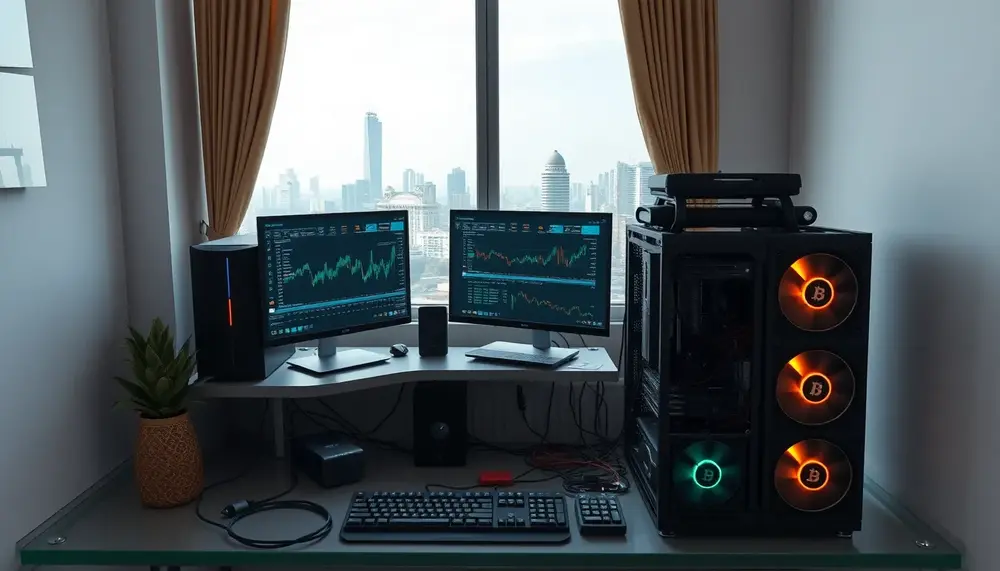
The article discusses the initial investment required for crypto mining in India, emphasizing costs related to hardware, setup, and software. It also highlights key technical specifications needed for mining rigs, such as GPUs and cooling systems, while stressing the importance...
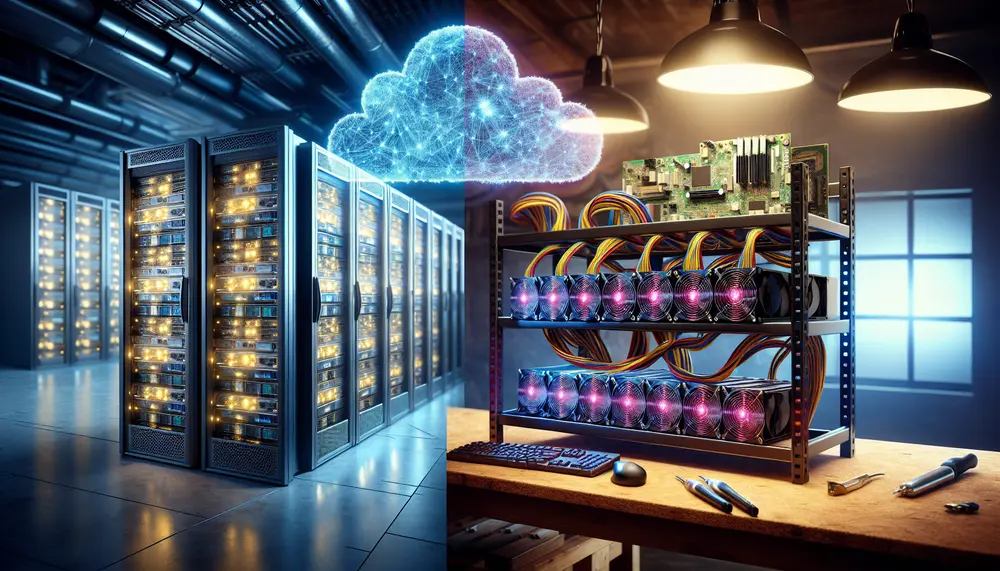
Cloud mining allows individuals to lease processing power from remote data centers for cryptocurrency mining, offering convenience and lower upfront costs but potentially reduced earnings and risks of scams. Hardware mining involves owning equipment with greater control and profit potential...
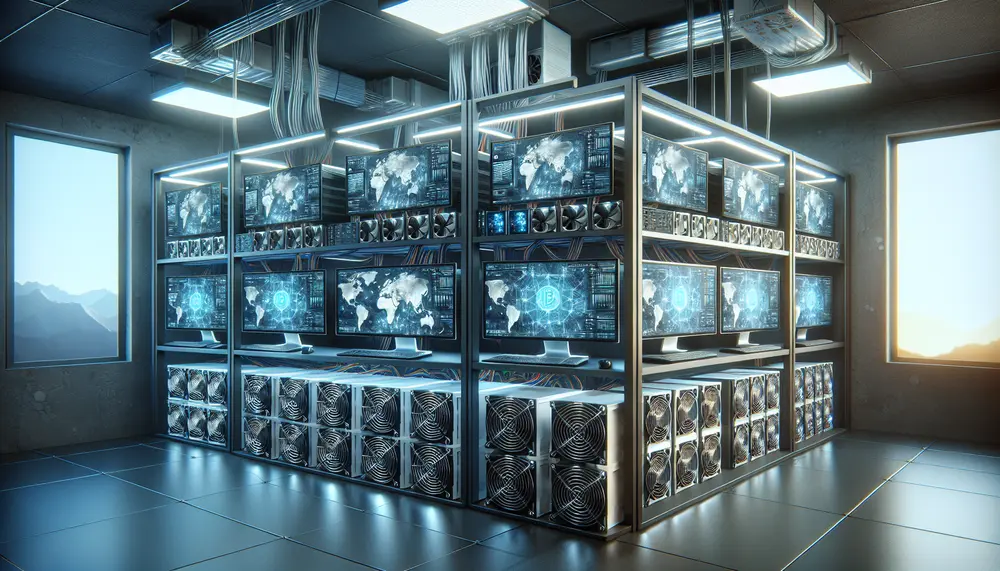
This guide provides a comprehensive overview of setting up an Ethereum mining rig, covering essential components like GPUs and motherboards, as well as key concepts such as Proof of Work (PoW) and hashrate. By the end, readers will understand how...

Bitcoin mining apps can transform your device into a mini mining rig, but with the market flooded by both genuine and dubious options, it's crucial to verify platforms like Google Play for reliability through download numbers, ratings, user reviews, and...
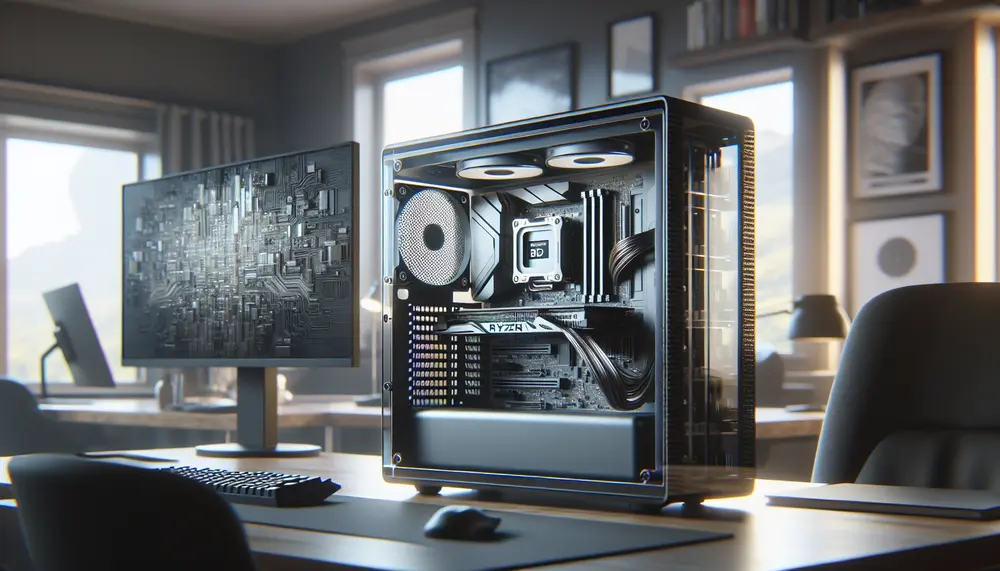
Monero mining on AMD Ryzen CPUs is popular due to their high performance and efficiency; this article provides a guide for optimizing these processors, covering hardware selection, BIOS settings, and software configuration to maximize mining profitability. Key considerations include core...
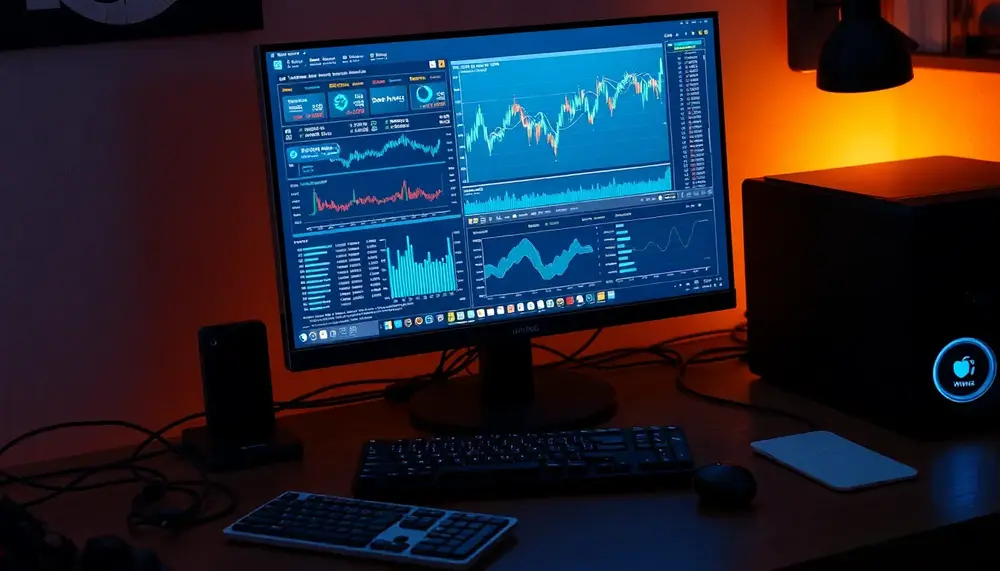
Setting up a mining pool involves configuring the correct URL and port settings to ensure efficient and secure operations, with considerations for cryptocurrency type, geographical location of pools, reputation, fees, supported coins, and security protocols. Understanding commonly used ports like...

Crypto mining on a Mac is possible but requires careful planning due to hardware limitations and software compatibility issues. To optimize performance, choose the right mining software like CGMiner or MacMiner, manage background processes, update your system regularly, and consider...
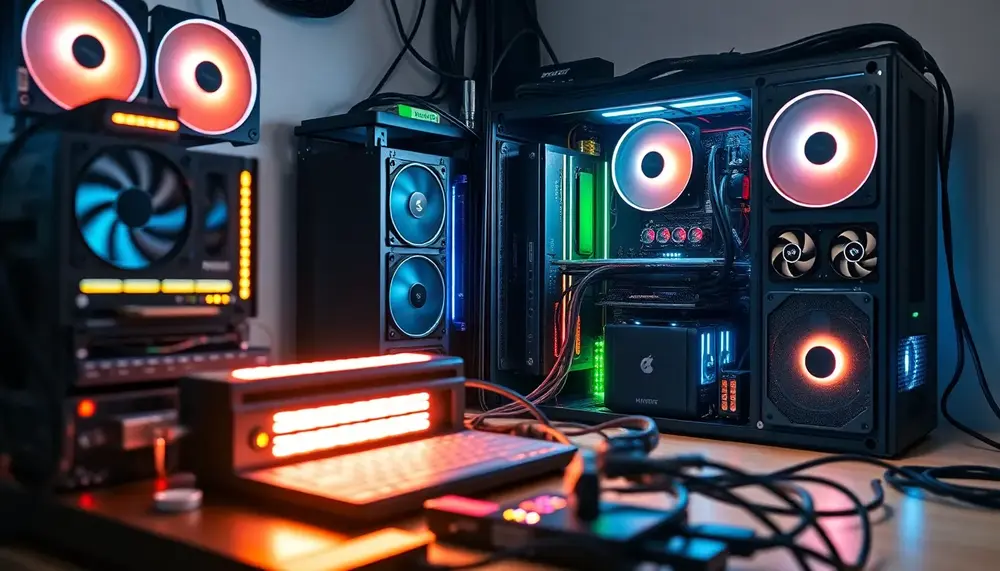
Setting up a crypto mining server involves selecting optimal hardware like GPUs or ASICs, building infrastructure with adequate power and cooling, installing suitable software, and ensuring legal compliance for efficient operations. This process requires careful planning to optimize performance while...
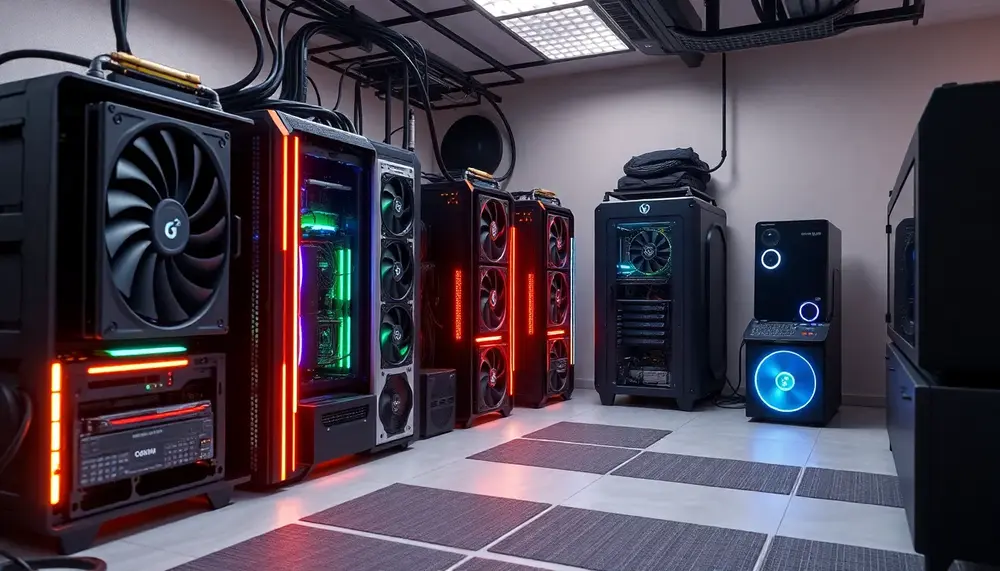
Monero mining requires understanding hashrate basics, choosing the right CPU-focused hardware due to its RandomX algorithm, optimizing software like Xmrig for performance, and continuously monitoring system metrics such as temperature and power consumption to ensure efficiency....
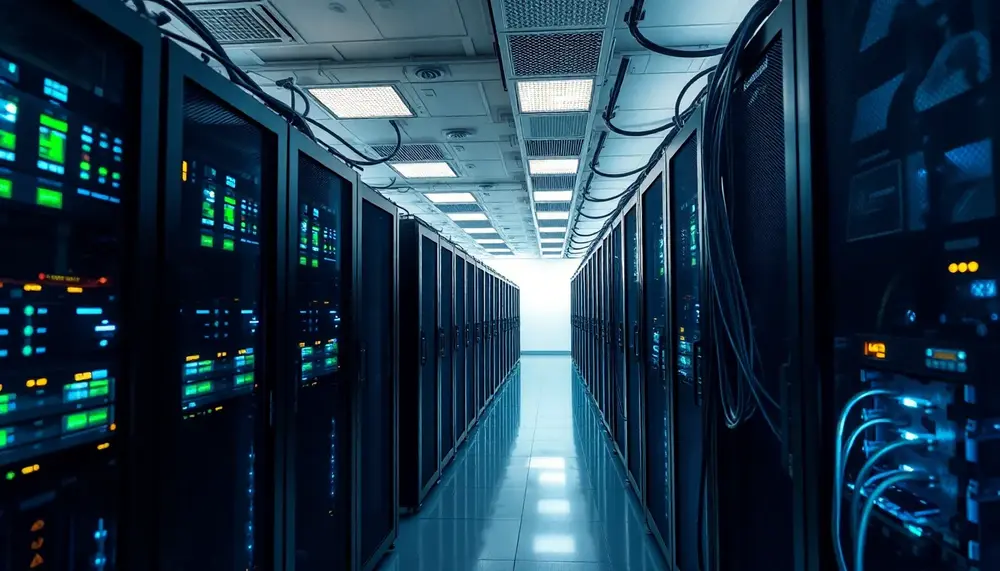
Bitcoin mining costs are heavily influenced by electricity expenses, which vary globally and can determine the profitability of operations; miners must balance efficiency, location advantages, and regulatory environments to succeed....
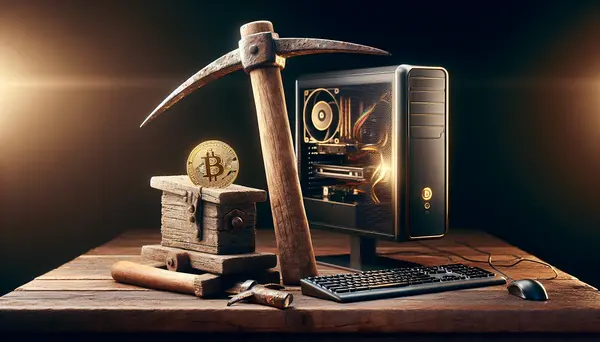
This article provides an introduction to Bitcoin Mining ROI (Return on Investment) and explains how it is calculated. It discusses the factors that affect mining profitability, such as electricity costs, hash rate, block reward, Bitcoin price, and mining difficulty. It...
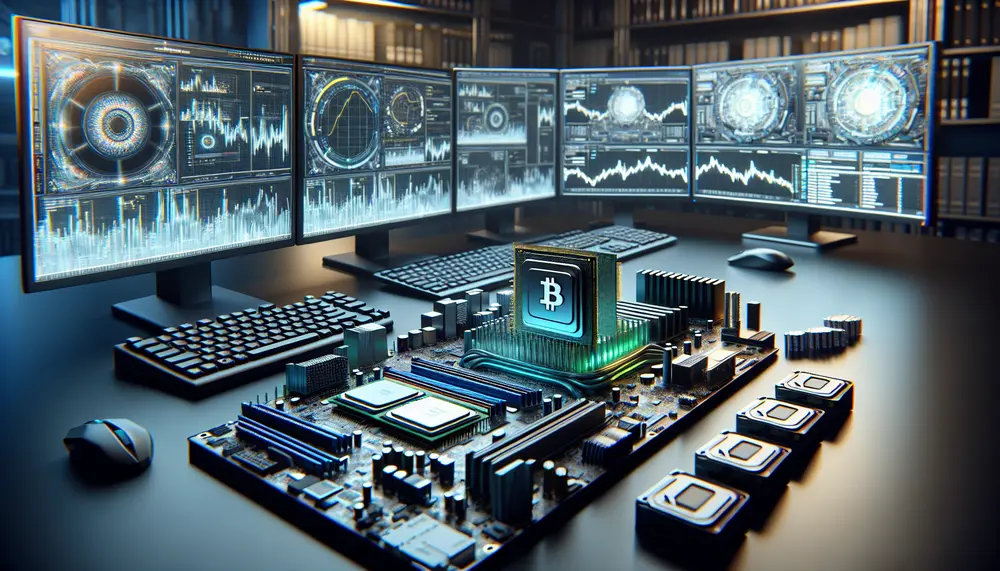
Monero mining with Intel i7 processors is efficient due to the RandomX algorithm optimized for CPUs, and this guide covers choosing the right model, setup steps, and optimization techniques. Key benefits include increased hashrate, improved energy efficiency, extended hardware lifespan,...

Bitcoin mining involves solving complex puzzles, requiring significant electricity consumption which impacts profitability; factors like hashrate, hardware efficiency, and regional electricity costs play crucial roles in determining energy expenditure. Technological advancements such as ASICs and smart software improve efficiency by...
